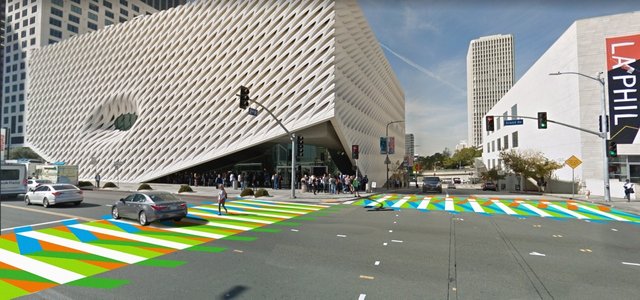🎨 Artistic space #15 - Carlos Cruz-Diez, the genius of world optical art
Artistic space #15 - Carlos Cruz-Diez, a genius of world optical art
art drawing studio artist busy
Carlos Cruz-Diez, genius of world optical art
Carlos Cruz-Diez, the genius of world optical art, is one of the most universal contemporary artists in Venezuela. He delves into the physics of color to create games where science and art challenge vision. Next, to turn 95, on August 17, he remains tireless because for him "life is a project". He always has one in his hands.
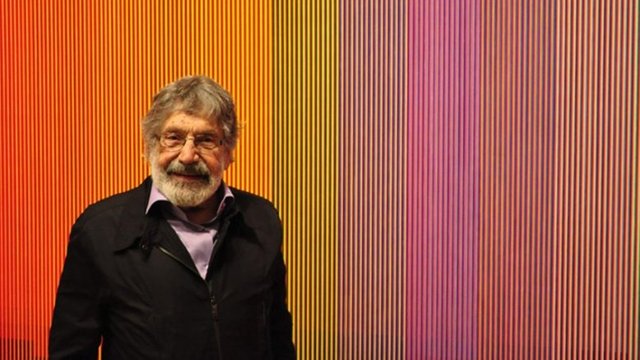
The artist Carlos Cruz-Diez, born in Caracas on August 17, 1923, is perhaps one of the most international representatives of optical art and kinetics. His works have been present in the urban landscape of Caracas, in other cities of the country and in many capitals of the world no less than five decades ago, and since then he has remained a vital artist with projects that still today continue to expand their considerations on a "real and primitive event: color".
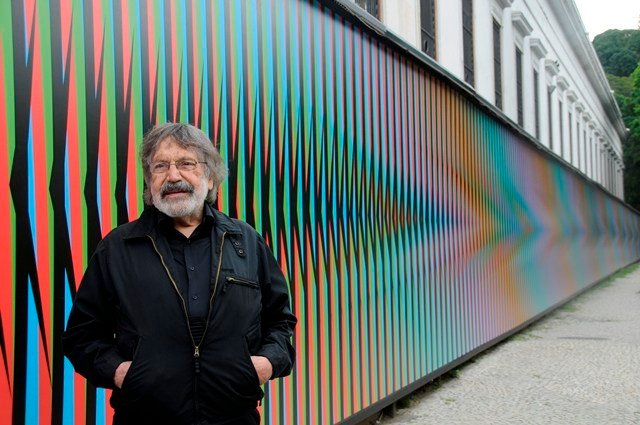
His training in the plastic arts began in 1940. Like many creators, Cruz Diez also began at the Escuela de Bellas Artes in Caracas, where he obtained his diploma as a professor of Applied Arts. In 1944 he worked as a graphic designer for the Creole Petroleum Corporation, while at the same time making illustrations and comics for the press and other publications. He worked as creative director of the McCann Erickson agency, and illustrator of the newspaper El Nacional.
Color Instability as Inspiration
Transcromia group work (installation without a previous appointment). Photo Chrisi1964 in Commons Wikimedia, March 2018.
After a series of temporary trips between New York and Paris, the exhibition Le Mouvement (Paris, 1955, Denise René Gallery) takes place, where he meets again the Venezuelan artist Jesús Soto (the only Latin American invited to this exhibition), Víctor Vasarely and Alexander Calder, among other initiators of kinetic art. The event, in short, was decisive in the direction that Cruz Diez's artistic work was to take, and as a result of this, his aims of "bringing art into everyday life", understanding its experimental character and exploring the relationship between the spectator and the work, arose. But, the reason that weaves this series of general principles, the main reason for his work is to have found that color "is a phenomenon of perennial instability".
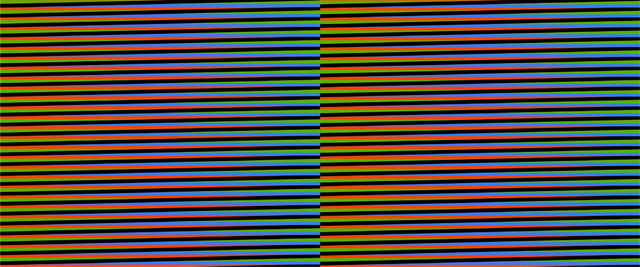
With these firm ideas, Cruz Diez returns to Caracas and founds his Visual Arts Studio, a center dedicated to graphics and industrial design until 1960, when he takes up residence in Paris.
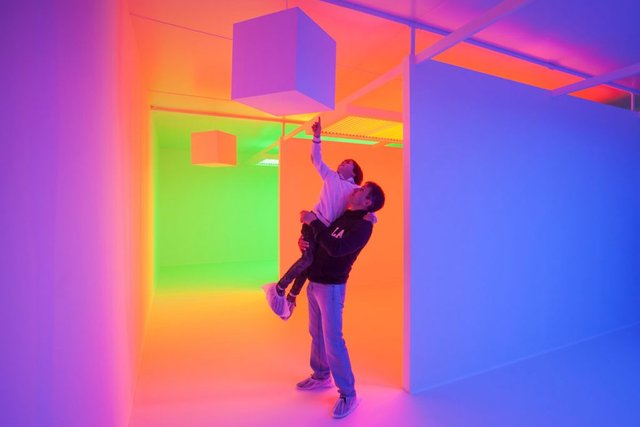
Together with Víctor Vasarely, Marcel Duchamp, Alexander Calder, Allan Kaprow, Robert Rauschenberg, and other artists, he participates in an exhibition organized by the Stedelijk Museum in Amsterdam. He was then appointed an advisor to the Noroit Cultural Centre in France, and in 1965 he participated in the exhibition The Responsive Eye in New York, an event that marked the definitive consecration of kinetic art.
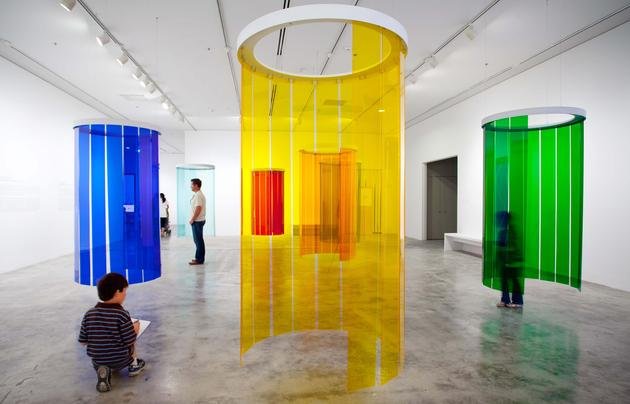
He has also been a professor at the Ecole Supérieure des Beaux-Arts de Paris (1972-1973), a titular teacher at the International Institute of Advanced Studies (Caracas, 1986-1993) and member of the board of directors of the Foundation Museum of Print and Design Carlos Cruz Diez. In 1989 he published in Caracas the first version of his book Reflexiones sobre el color, and in 2005 his family created the Cruz-Diez Foundation, an institution dedicated to the conservation, development, diffusion, and investigation of his artistic and conceptual legacy.
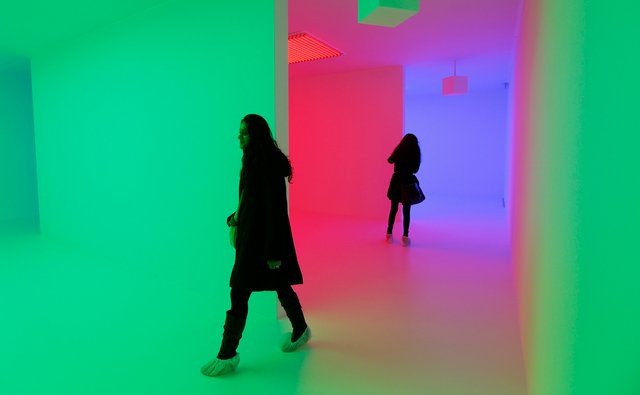
The master has classified his chromatic proposal in at least seven lines of research: Additive Color, Physichromies, Chromatic Induction, Chromatic Interferences, Transcromies, Chromosaturation and Color in Space, checks represented in a very wide repertoire of works, exhibitions, and urban interventions.
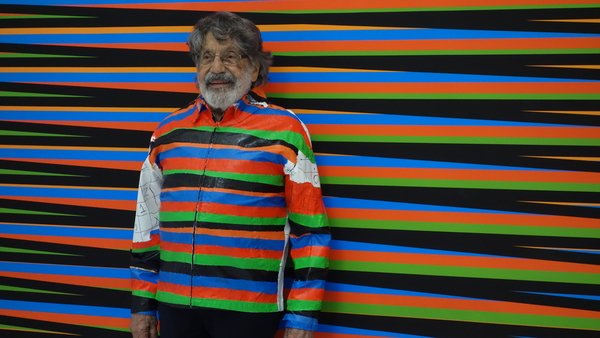
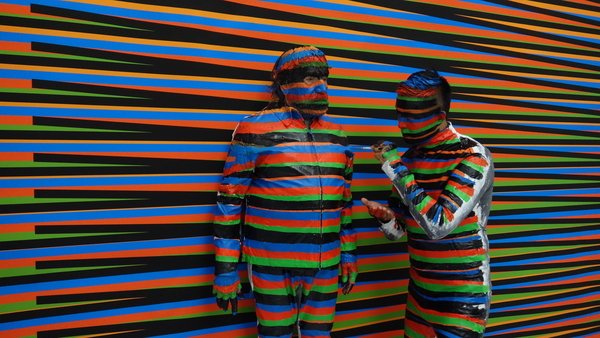
His legacy comes from careful analysis and from having "failed in my proposal to turn the social and folkloric experiences of my country into a universal discourse" (as he points out in an interview for the digital magazine Prodavinci), as he reveals, he understood that I had to "devoid of sentimental ingenuity, dedicate myself to making a profound analysis of history, of what art and the artist should be in society". And from these facts, he comes across something evident in the chromatic universe of painting that until then had not been directly used by artists: "The color that manifests itself in space, outside the medium and without the need to be painted or attached to a form".
Among the most iconic works of Carlos Cruz-Diez in Venezuela are the installations Cromointerferencia del color aditivo, at the Simón Bolívar international airport in Maiquetía (today awaiting restoration due to the constant detachment of its mosaics), the Double concave convex physicromía, at Plaza Venezuela (Caracas), or the Inducción chromática merideña (work also affected by lack of maintenance), at the Alberto Carnevali airport in the city of Mérida, among many others.
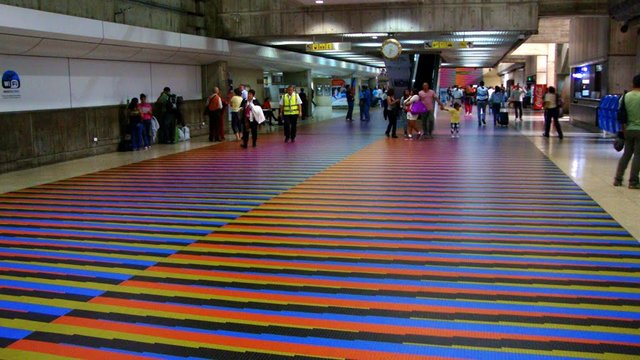
Thank you for reading 😊


If you liked reading this article, feel free to FOLLOW ME, UPVOTE and RESTEEM! It's always appreciated =D. Thank you all for your support and see you soon for the news flamingirl's adventures!


